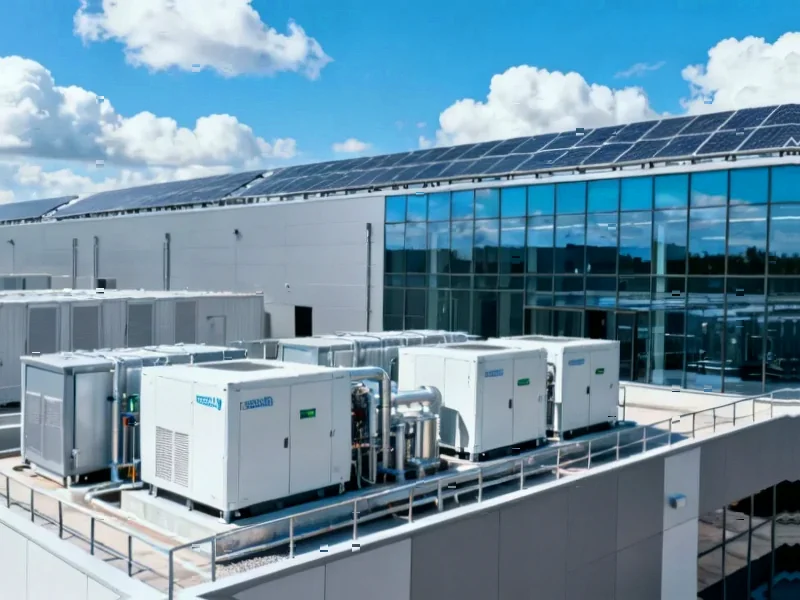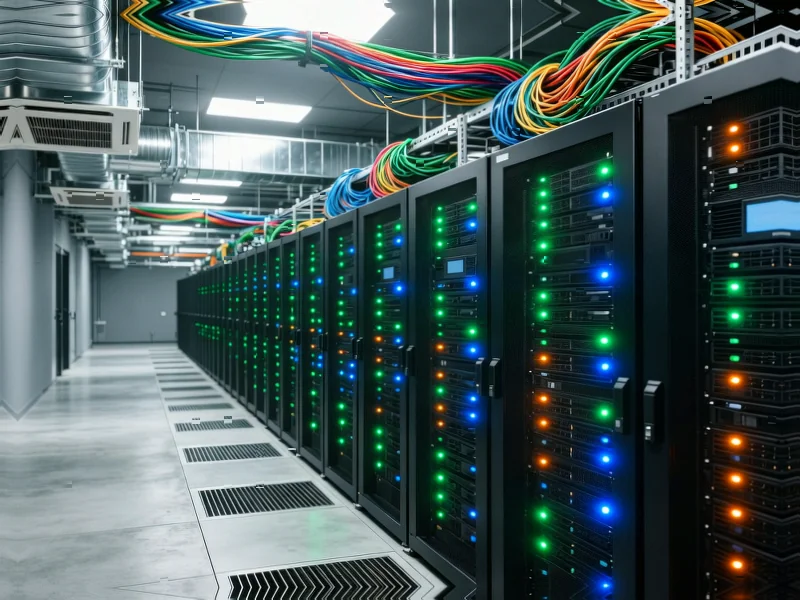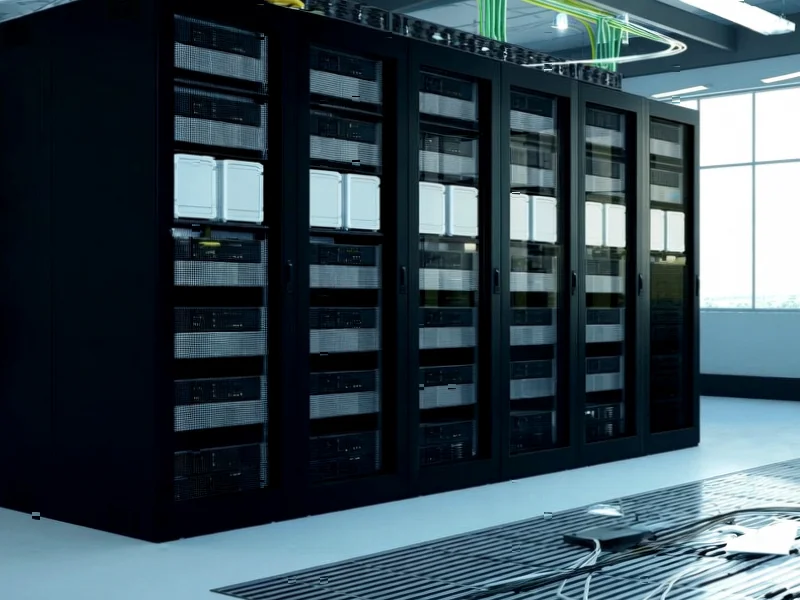According to DCD, a new district heating network in Milton Keynes, UK, will reuse waste heat from data centers to warm buildings including Milton Keynes University Hospital. The £95 million ($124.7m) Milton Keynes Energy Network received planning permission and will be operational by 2027, with construction starting next year. Operated by 1Energy, which has five district heating networks in development across the UK, the system is expected to generate 100GWh annually – enough to heat 20,000 homes. The hospital plans to connect as part of its net zero emissions target by 2030, with the project receiving £17.6 million ($23.1m) from the Green Heat Network Fund. This innovative approach signals a fundamental shift in how cities can leverage digital infrastructure for sustainability.
The Circular Economy Comes to Digital Infrastructure
What makes this project particularly significant is how it transforms data centers from energy consumers into energy contributors within urban ecosystems. Data centers have traditionally been viewed as environmental liabilities due to their massive energy consumption for computing and cooling. This project flips that narrative by treating the heat they generate as a valuable resource rather than waste. The Milton Keynes initiative demonstrates a practical application of circular economy principles where one industry’s byproduct becomes another’s input. This represents a maturation of sustainable thinking beyond mere efficiency improvements to genuine system-level integration.
Scalability and Replication Potential
The economics of this approach are becoming increasingly compelling as energy prices remain volatile and carbon reduction targets tighten. According to the BBC’s coverage, hospital director Tony Marsh emphasized both carbon reduction and infrastructure resilience as key benefits. This dual value proposition makes such projects attractive beyond just environmental considerations. The 100GWh annual capacity suggests this isn’t a symbolic gesture but a substantial energy solution that could meaningfully impact local energy security. With 1Energy developing multiple similar networks across the UK, we’re likely seeing the emergence of a standardized business model for data center heat reuse.
Overcoming Technical and Logistical Hurdles
While the concept seems straightforward, the implementation involves significant technical challenges. Waste heat from data centers typically exists at relatively low temperatures (often 25-35°C), requiring heat pumps to elevate it to useful levels for space heating (typically 60-80°C). The energy required for this temperature boost affects the overall efficiency and economics. Additionally, the timing of data center heat generation may not always align perfectly with heating demand patterns, necessitating thermal storage solutions. The fact that this project has secured substantial funding and reached the construction phase suggests these challenges have viable solutions, potentially creating a playbook for other municipalities.
Future Implications for Urban Planning and Data Center Siting
This development could fundamentally change how we think about data center location strategy. Traditionally, data centers sought locations with cheap electricity, favorable climate for cooling, and robust connectivity. Now, proximity to potential heat customers becomes another critical factor. We may see more data centers deliberately sited near hospitals, universities, residential districts, or industrial parks that can utilize their waste heat. This represents a shift from isolated digital infrastructure to integrated urban systems. As Milton Keynes demonstrates with its iconic concrete cows and innovative roundabout system, the city has a history of forward-thinking urban design – making it an ideal testbed for this next generation of sustainable infrastructure.
The Broader Trend: Data Centers as Multi-Output Facilities
Looking forward, this represents just one aspect of a broader transformation where data centers evolve from single-purpose computing facilities to multi-output resource centers. Beyond heat reuse, we’re seeing experimentation with using data center waste heat for agricultural applications, water treatment, and even absorption cooling. The Milton Keynes project provides a concrete example that could accelerate regulatory changes and incentive structures to encourage such integrations. As digital infrastructure continues to grow exponentially, finding productive uses for its byproducts becomes increasingly crucial for sustainable development. This project demonstrates that the technology and business models are maturing to make this vision practical at scale.




